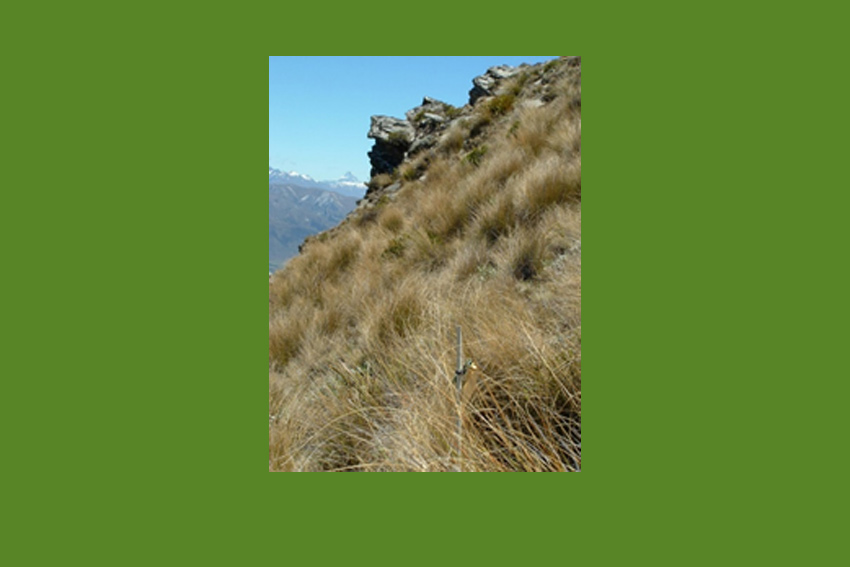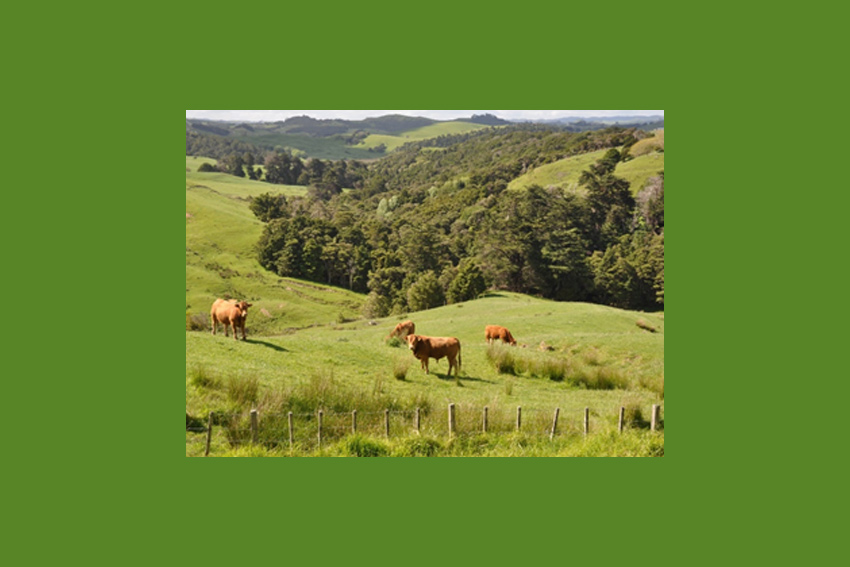Biodiversity modelling through space and time
Understanding biological variation and its function in different ecosystems and modelling how biodiversity will respond to climate change is urgently needed.
We apply ecological theory, biodiversity monitoring techniques, and spatiotemporal analysis methods to understand biological variation and its functional roles across a variety of New Zealand and global ecosystems and both above- and below-ground. Ecosystems include farming landscapes, tussock grasslands, coastal sand dunes and natural forests.
Our research is funded by
- Department of Conservation
- Ministry for Primary Industries
- Miss E Hellaby Grassland Trust
- Land Information New Zealand
Related articles
- Interactions between landscape structure and bird mobility traits affect the connectivity of agroecosystem networks (ScienceDirect)
- Measuring change in biological communities: multivariate analysis approaches for temporal datasets with low sample size (Peer J)
- Using codispersion analysis to characterize spatial patterns in species co- occurrences (Wiley)
- From pine to pasture: land use history has long-term impacts on soil bacterial community composition and functional potential (FEMS Microbiology Ecology)
- Landscape variation influences trophic cascades in dengue vector food webs (Science Advances)
- Patterns of range size in New Zealand ferns and lycophytes (New Zealand Journal of Ecology)


